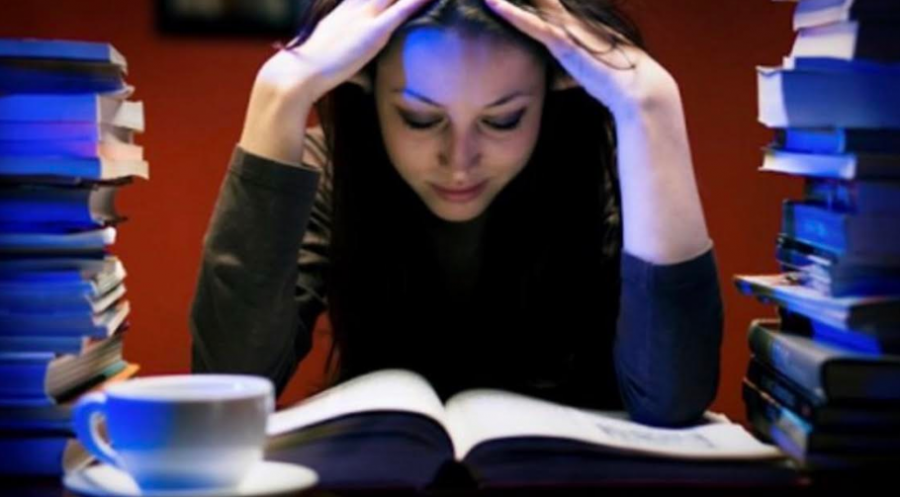Anxiety Surrounding Start of the School Year
Anxiety has replaced depression as the most common mental illness among teens and adults in the US – it affects nearly 20% of the population every year. Based on data from the National Institute of Mental Health, 30% of girls and 20% of boys have an anxiety disorder, overall amounting to 6.3 million teens. According to the National Survey of Children’s Health, researchers found a 20% increase in anxiety in ages 6-17 from 2007 to 2012. The reasons behind this data have been frequently studied and one of the #1 reasons – school.
It is no secret that school evokes stress in teens. Since 1985, UCLA have asked incoming freshman if they felt overwhelmed at the start of school. The first year of this experiment, 18% said yes. In 2016, that number raised to 41%. After surveying the MHS student body, the #1 thing freshman, sophomores, and juniors are most stressed about is schoolwork, while seniors were most stressed about college applications and decisions. One of the reasons behind this is that many students report that they don’t have an outlet to release this stress. During the summer, students have many things that can temporarily relieve stress, such as their friends, the beach, and family vacations. However during school, many students’ schedules become packed – 7 hour school days, extracurricular, homework, and family time. On top of that, the National Children’s Hospital reports that teenagers should be getting 9 hours of sleep a night, however most teenagers only get around 7, sometimes less. Madison High School starts at 7:40. If a student wakes up at 6:45, to get 9 hours of sleep, they should be going to bed at 9 pm. With a schedule as packed as most students, this is nearly impossible, as most students go to bed around 10-12 pm. Lack of sleep and “me time” may be the issue, but are there more underlying reasons?
Many mental health professionals attribute it to the reality of the current decade. “They are the post 9-11 generation, raised in an era of economic and national insecurity. They’ve never known a time when terrorism and school shootings weren’t the norm,” (Time Magazine). Some ascribe it to social media – a study done from the UCLA Brain Mapping Center reported that getting a higher number of likes on photos showed increase activity in the reward center of the brain. A higher number of likes = more happiness. Therefore, comparing oneself to others on social media may make students especially prone to anxiety and stress.
Competition may also be a leading factor, as it plays a large role in a high school student’s life. School has become less about learning and more about getting the highest grades, sports are all about who is the best player, and colleges are more selective than ever before. This leads to an overwhelming pressure for teenagers to be the best at everything activity they do.
In all, the start of the school year brings a lot of stress to students. The reasons behind this increase in anxiety may be difficult to eradicate, however until then, it is important to take care of yourself as the year goes on. Students overwhelmed by their homework and extracurriculars may benefit from making a set schedule to keep track of deadlines. Taking a break from technology and social media has been proven to show a decrease in stress and anxiety, as well. The start of school is difficult, but through support of resources in school and persistence, we can get through it.
